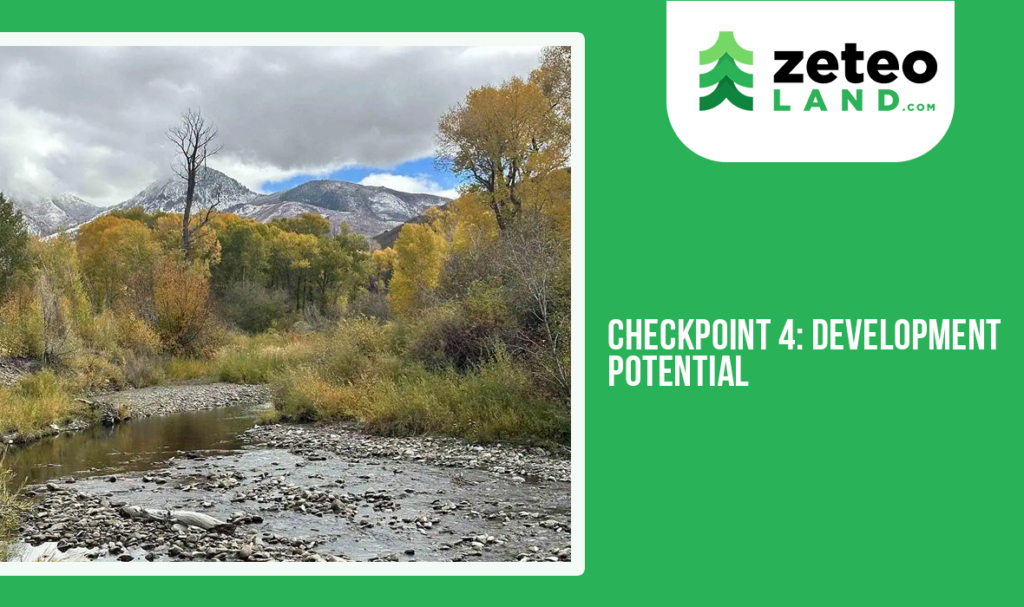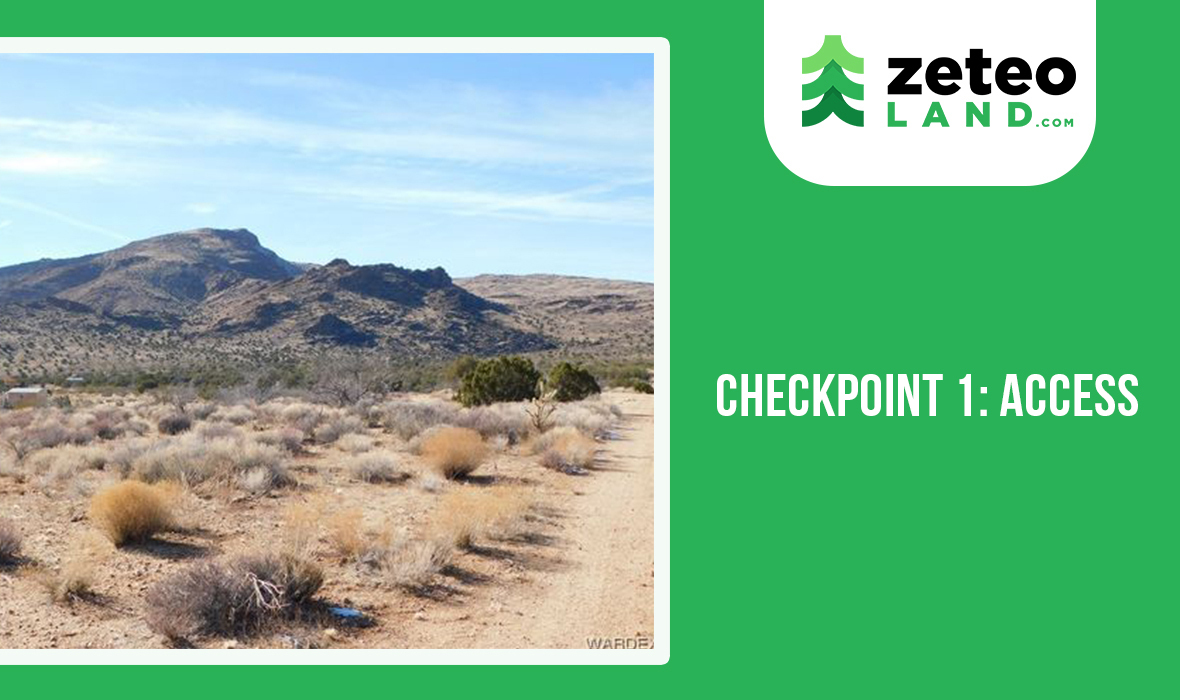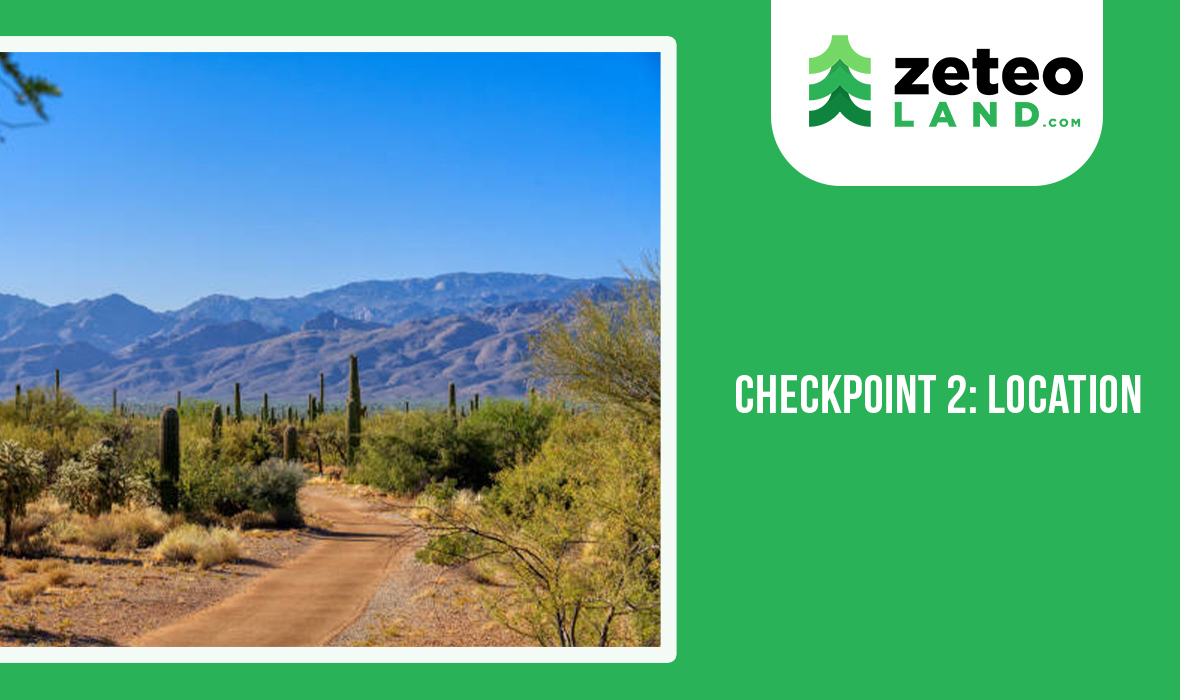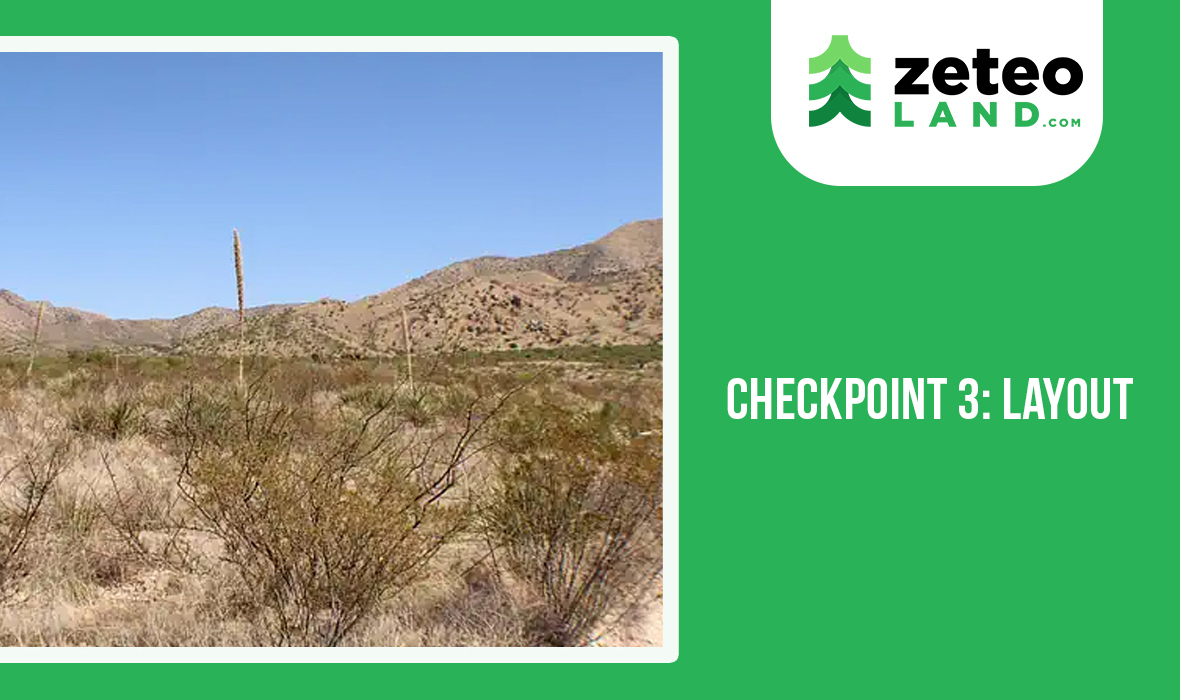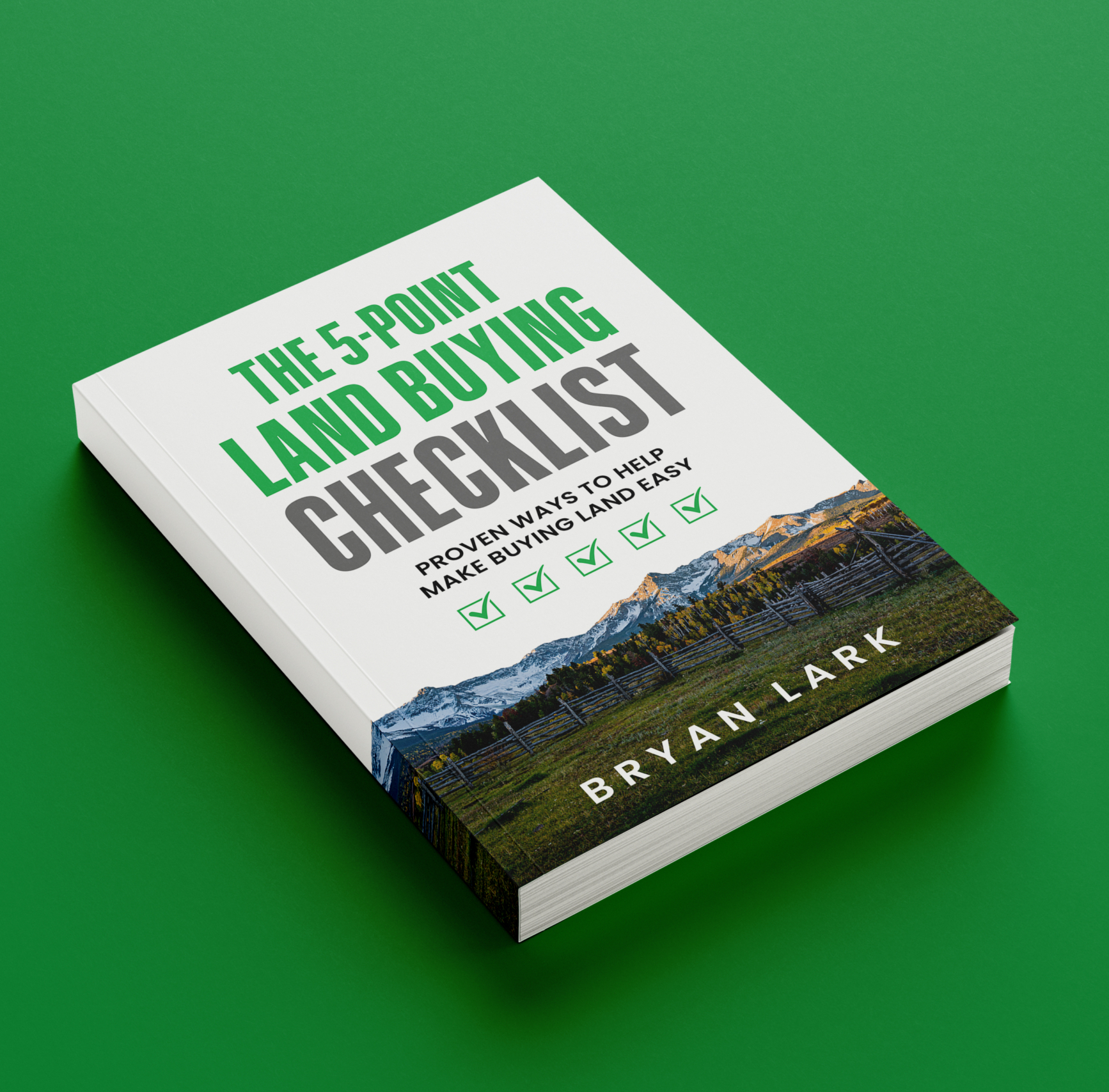As we continue our journey to buy land, we now find ourselves at a critical aspect for the realization of your dreams which is development potential. As with every element on this checklist, the perspective on development potential is inherently tied to the purpose one envisions for the land. It’s a big deal to consider all the intricacies that await those seeking to transform their piece of Earth into a haven of possibilities. Navigating developmental potential is crucial if you want to buy land for sale in Arizona or land for sale in Colorado. Let’s look at the details ….
Illuminating the Path to Power: Electricity Accessibility
If you want to buy land in Arizona or buy land in Colorado, having electricity is one of the most important things for most people. The foundation of any modern development rests upon a reliable power supply. It’s important to ask essential questions such as “Is electricity readily available, and if so, at what cost?” Understanding the proximity of power sources and the associated expenses is a vital step in gauging the feasibility of your development plans. Contacting the local electricity provider unveils valuable insights into installation costs, meter fees, and connection expenses. If the power grid seems distant, fear not. There are all kinds of new possibilities with the rising affordability and popularity of solar power systems. Personally speaking, I was able to install solar power for my own mountain cabin at a reasonable cost. It wasn’t anything fancy, but it handled my basics.
Nourishing the Roots: Water Access as a Fundamental Need
Like electricity, water accessibility stands as a fundamental requirement for any development endeavor. It’s always a good idea to investigate the availability of a water line, its proximity, and the associated costs. Initiating a conversation with the local water provider unveils crucial information about installation fees, meter charges, and connection expenses. However, if the whispers of flowing water don’t grace your chosen plot, panic not. You can always drill a well, an age-old solution with its own set of considerations. The uncertainty of finding water, coupled with potential drilling costs, brings forth a gamble. To mitigate this risk, it’s a good idea to consult the county building department or water resource office to assess the success rate of well drilling in the area. For those hesitant to roll the dice, the alternative of a water cistern, a sizable storage tank replenished through hauling or rain catch systems, emerges as a very common and affordable choice. As of recent years, we have seen the emergence of hydro panels – which somehow magically pull water straight out of the air for drinking and usage. You may want to check into these!
Dealing with the Unseen: Sewer Systems and Septic Solutions
Sewer systems, often an overlooked component, emerge as another critical facet of a land’s development potential. Here, it’s important to explore the availability of a sewer line, its proximity, and the associated costs. Initiating dialogue with waste management companies provides clarity on expenses related to bringing the sewer line to your property and connecting it to your home. However, if such a luxury is not on the table, it’s time to familiarize yourself with the practice of installing septic systems. While more common than solar power and water cisterns, septic systems come with their own set of considerations. Prospective landowners should ensure compliance with county regulations, determine the appropriate system size, seek estimates from licensed professionals, scrutinize references and reviews, and conduct a perk test to evaluate the soil’s suitability.
The Lay of the Land: Contour and Soil Quality
Transitioning to the physical characteristics of the land, don’t underestimate the significance of contour and soil quality. The lay of the land, its slope and topography, plays a pivotal role in the ease of construction. While flat land offers simplicity, hills and mountains demand additional investments in dirt work, foundation construction, and structural adaptations. Recognizing that site preparation can be a significant expense, prospective landowners are urged to assess the terrain’s impact on development costs. Soil quality, as evidenced in the septic system section, remains a crucial consideration. Bryan aptly notes that a soil’s ability to “perk” doesn’t guarantee it’s suitable for construction. Some soil may be expansive, prone to movement, and unsuitable for building. The advice here is to investigate not only the soil’s percolation but also to seek insights from neighbors who have successfully built in the area.
Unseen Threats: Navigating Flood Zones
One potential threat that can sneak up on land buyers is the risk of purchasing property within a flood zone. Bryan underscores the gravity of this consideration, outlining two potential outcomes: either your dreams of building will be washed away, or the cost of construction will surge due to stringent county requirements to safeguard against water damage. Mitigating this risk involves a proactive approach – consulting with county building departments or FEMA flood maps before making a purchase. The potential silver lining is also brought to light; properties in flood zones can be acquired at a significant discount for those seeking recreational use rather than permanent construction. But it is important to note that even permanently constructed homes can be very real possibilities with adherence to county building codes and requirements.
The Regulatory Web: Zoning and Deed Restrictions
Zoning, an often overlooked facet of land buying, becomes a critical factor in realizing the development potential of your property. There are multiple types of zoning designations, from agricultural to residential, recreational, commercial/industrial, and special districts. Each comes with its own set of rules, and understanding these is paramount. It’s also important to know that there may be a possibility for of rezoning, a process that involves approval from the county and associated fees. Deed restrictions, tied to the property’s deed, further influence the development landscape. I remember a potential land purchase that fell through due to extensive and restrictive deed limitations we found out about in our due diligence process. The lesson here is clear – thoroughly scrutinize zoning regulations and deed restrictions to avoid potential disappointments.
A Cautionary Note: Vacation Rentals and Camping Considerations
In the modern landscape, vacation rentals have gained immense popularity. However, let me raise a cautionary flag for those eyeing land for this purpose. Even if a property is zoned for residential use, the county might frown upon running a vacation rental, considering it commercial usage. Seeking clarification from the county zoning department and checking with any homeowners’ association (HOA) or property owners’ association (POA) becomes essential. Furthermore, the assumption that one can camp on their land might hit a roadblock, as some counties have restrictions on camping on vacant land as well. Understanding these regulations ensures that your dream property aligns with your intended use.
Conclusion: Mastering the Development Chessboard
As we conclude our exploration of the fourth checkpoint – Development Potential – we find ourselves armed with the knowledge needed to navigate the complexities of transforming raw land into a thriving space. Just be ready to walk carefully through the maze of infrastructure considerations, potential pitfalls, and regulatory nuances. If you are interested in land for sale in Colorado or land for sale in Arizona, stay tuned for our final stop on this enlightening journey – the fifth and last checkpoint, Price – where we decode the intricacies of land valuation and securing the best deal for your dream property.

